Last Updated on February 21, 2024
Wonder Woman took cinemas by storm when it was released in 2017. Despite being a period piece set during World War 2, it managed to bring in droves of fans to witness Diana Prince’s origin tale. So, with the same creative team returning for a sequel and the ever-popular decade of the 80s being its setting, this could outdo the first in every way. But with expectations comes disappointment as the film released during COVID caused quite a stir for its creative partners and had some rather questionable CGI. So today on DC Revisited, we’re getting into it all as we dive into Patty Jenkins’ Wonder Woman 1984.
After the first film made $822 Million worldwide, a sequel was announced just one month after release. A few months later, it was announced that writer/director Patty Jenkins and her co-writer Geoff Johns would return and serve the same roles for this new venture. It’s not a surprise, given that Johns was still head of DC Films at this time. Johns mostly had the story outlined, and they further outlined it on a massive 20-foot whiteboard. Jenkins’s concern was emotion and ensuring the audience was properly engaged with the fantastical elements they introduced.
Zack Snyder and his wife, Deborah Snyder, would also return as producers. So, with much of the same creative team back and considering the success of the first outing, expectations started quite high. Gal Gadot returned to her role as Diana Prince, AKA Wonder Woman. But Gadot found herself with a bit more power this time around, both on-screen and off, as she served as a producer here. This is probably also why she saw her salary increase from $300 grand to a massive $10 Million. Wowza. But Gal wouldn’t be the only person playing the role of Diana, with Lilly Aspell playing a young version. She appears in an extended opening sequence and actually did the majority of her stunts.
Diving more into Wonder Woman’s rogues gallery, Jenkins didn’t want to have someone who was the embodiment of evil and instead wanted the creation of several villains. First they looked at the Duke of Deception but decided against him, wanting to avoid another God after Ares was the villain in the first. But they still made sure to reference the character, in this film, being the creator of the Dreamstone, which the writers saw as a great McGuffin that would set the story’s events in motion.
Having been a big enemy of Diana’s for decades, Cheeta was chosen as one of the film’s villains. There have been several iterations In the comics, so Barbara Minerva was picked due to her backstory of being more of a friend of Diana’s before becoming one of her mortal enemies. We don’t get that here outside of brief interactions, but they seem to be on decent terms with each other. Barb would receive her powers from the Dreamstone. The studio wanted Emma Stone, but thankfully, Patty Jenkins got her first choice of Kristen Wiig, who accepted the role before even knowing what it was, simply being a fan of the first Wonder Woman. Very different from what she usually plays, the role gives Wiig a ton of action and makes her a formidable foe for Diana.
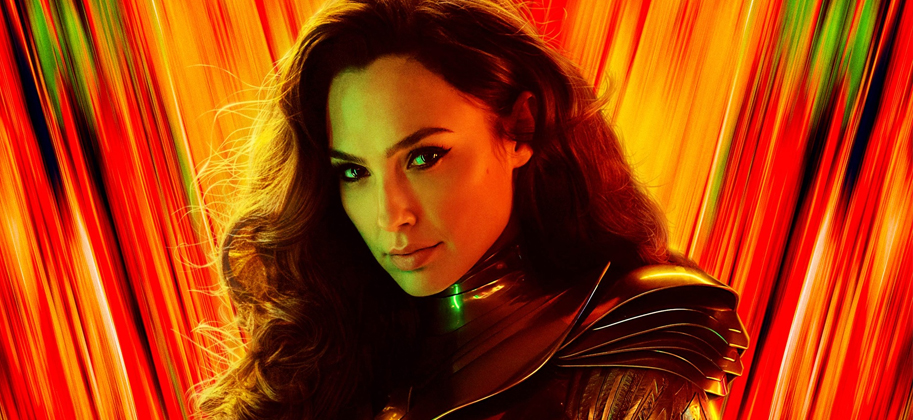
But in typical sequel fashion, one big bad wasn’t enough, so Maxwell Lorenzano AKA Max Lord was decided upon. Having become Hollywood’s IT Man, Pedro Pascal was cast in the role. Pascal is ridiculously charismatic, and unlike his comic book counterpart, he has no superpowers. Instead, Lord absorbs the power of the Dreamstone, which allows him to grant someone else’s desire, but he can take whatever he wants from the wisher. Pascal plays the role in an unexpected way, feeling like a bit of a dork.
Plenty of actors returned from the first film, but there’s one that surprised most when the cast was announced: Chris Pine as Steve Trevor. If you’ll remember, Steve died in a beautiful sacrifice that is still referred to even in the current day. According to Jenkins, despite speculation that fan demand brought him back, this was always part of the plan. So how is he somehow alive in a film that takes place almost 40 years ago? Well, turns out that due to the Dreamstone, it’s just his soul possessing another man. So, while we see Chris Pine, it’s really this guy, Kristoffer Polaha. We’ll ignore all that it implies.
Robin Wright would return in a flashback as Antiope, and Connie Nielsen would return as Queen Hippolyta. But that’s just about all she wrote for returns; with this film taking place long after the original, many human characters are either dead or in a retirement home. And any fan of the original Wonder Woman TV show will surely recognize Lynda Carter appearing in the closing credits as the Amazon warrior Asteria. It’s a nice treat for fans.
The story of Wonder Woman 1984 follows Diana Prince as she’s trying to stay under the radar. At least that’s what we’re told because she seems to do a lot of stuff in the public eye. But when a mysterious Gem called the dream stone starts granting the wishes of those who possess it, the world is flung into chaos. And guess who has to save it?
Filming started in the United States in June of 2018 under the covert title Magic Hour. Alexandria, Virginia, was the home of the Landmark Mall, which would serve as a big set piece at the film’s beginning. But they filmed in front of the Capital in Washington DC while in the area. Production would move to Europe in August and jump from country to country. They would start in England then move to Spain in September, then spend the remainder of production back in England.
Production Designer Aline Bonetto really took advantage of the neon aesthetic of the 80s and provided a layered world. She also recreated several parts of the white house and the Smithsonian, down to the tiniest detail. Even the massive compound was built practically. It’s a shame that most of the movie has this CGI film over it that takes away from so many of the practical sets.
Costume Designer Lindy Hemming returned and based most of Diana’s wardrobe on 1980s Brooke Shields. For the Wonder Woman costume itself, they went with more classic colors, but retained much of the same design. The gold armor that Diana wears during the finale is actually based on the costume she wears in Alex Ross’ Kingdom Come. Although Ross himself was upset to not be compensated for his design being used in something other than the comic.
Given that this iteration of Wonder Woman can essentially fly, there hasn’t been much need for the invisible jet. But that would change in this film as we would finally see the first appearance of the famous invisible plane. In this version, Diana turns the plan invisible herself and we’re saved from any silly boxy look from the outside.
At one time, Hans Zimmer had retired from doing superhero films, but Snyder has always managed to bring him back into the fold. While Zimmer hadn’t scored the prior film, he did score Wonder Woman’s theme from Batman v Superman, which became one of her signature music pieces. So Zimmer took on scoring duties.
Wonder Woman 1984 was released in the United States on Christmas Day 2020 and made…well, that’s where things get complicated. Everyone remembers that little thing called COVID, turned the world upside down. Originally intended to premiere in December of 2019, the film was delayed to June 5th, 2020. But when the theatres shut down on March 24th, it was given the Christmas release date. And Warner was adamant about it sticking to that date. But that’s not where the drama ends.
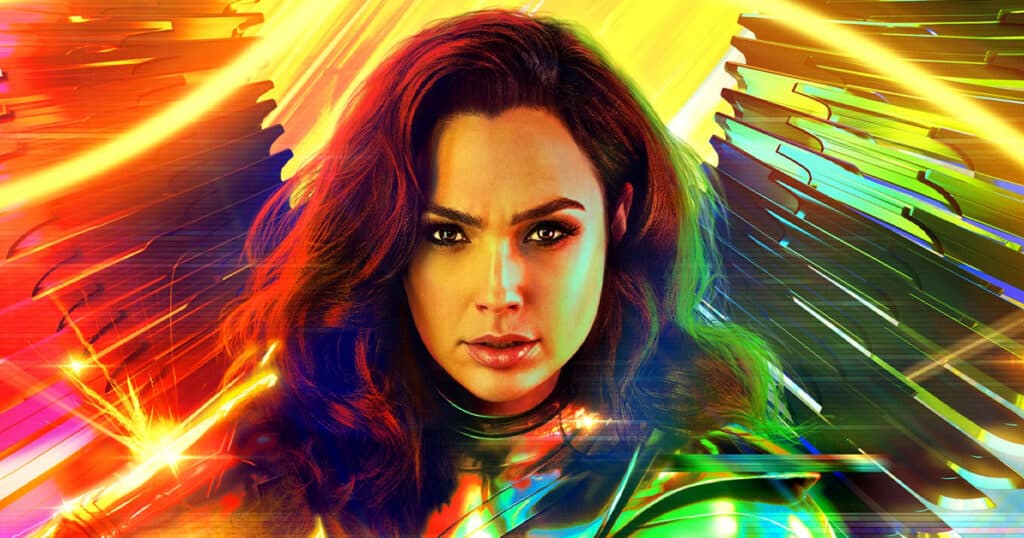
With the uncertainty of COVID, Warner Brothers decided that all of their 2021 releases would release on the same day and date in theaters and on HBO Max. So Wonder Woman 1984 was officially the first film to take part in the program, something that was much maligned by industry greats like Christopher Nolan. Wonder Woman 1984 would end its run in the US at just $46.8 Million dollars, with the worldwide total coming in at $169.6 Million. And given how skeezy Streamers have been about their numbers, it’s a mystery how much HBO Max contributed. Given the production budget of $200 Million, this was rough anyway you cut it.
But don’t feel bad for Patty Jenkins or Gal Gadot. They still received their intended bonuses. So, there was no lawsuit necessary.
One of the most interesting things to note regarding Wonder Woman 1984 is how much creative freedom was given to the filmmakers. We often complain about studio interference and how much it made the movie worse, but that’s not the culprit here. Jenkins’ success with the first film meant she was given carte blanche, and the end result is absolutely one of the worst DC movies out there. With brutal CGI, a poorly concocted plot, and villains that disappear from memory as soon as the credits roll, very few aspects of this film work.
And this was evidenced by the reaction. Due to Wonder Woman 1984‘s failure, we would see Wonder Woman 3 promptly announced and then cancelled on top of all the other disappointments through DC. Due to the James Gunn/Peter Safran DC universe taking over from Superman Legacy, we will likely be seeing a new Wonder Woman when that happens. And with Sean Gunn already cast in the new Maxwell Lord role, which is fitting, as Pedro Pascal is a little busy these days.
But as we get away from the techno-fueled 80s, we’re going back under the sea and taking a look at the final film in the Snyder timeline. But, that’s a story for next time. Join us. Saaaaame movie time, saaaaame movie channel.






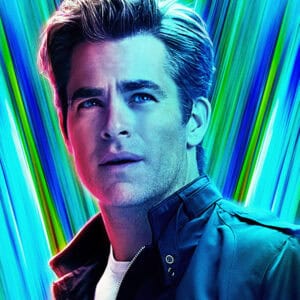
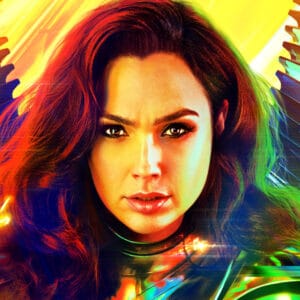
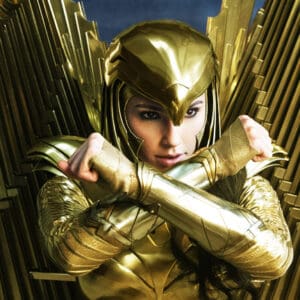
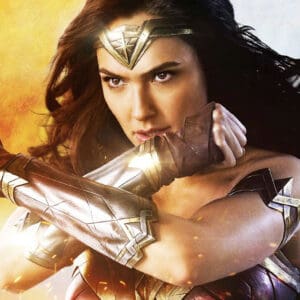
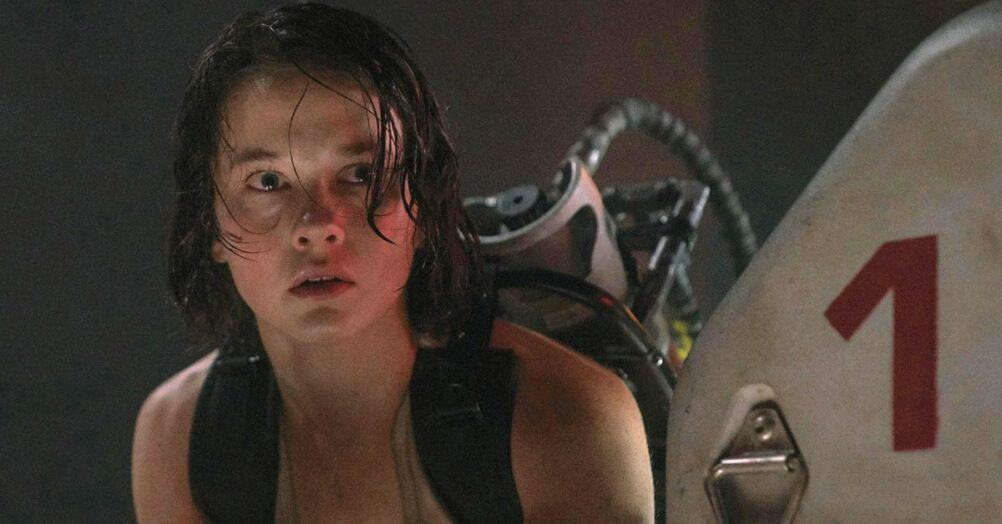


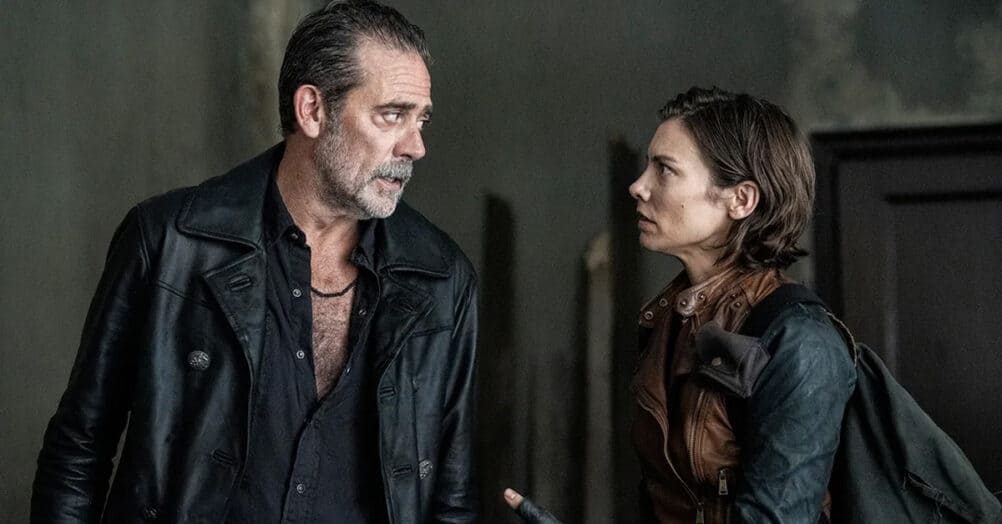
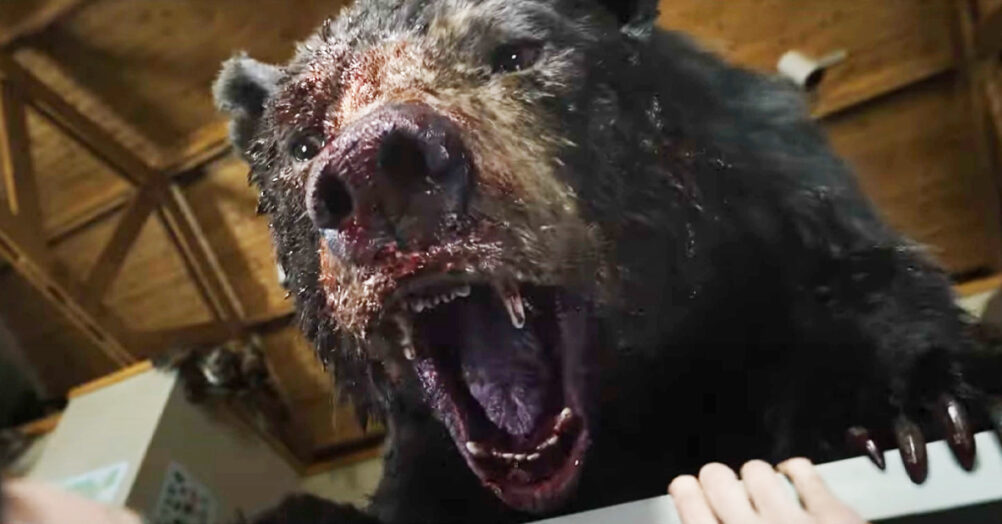


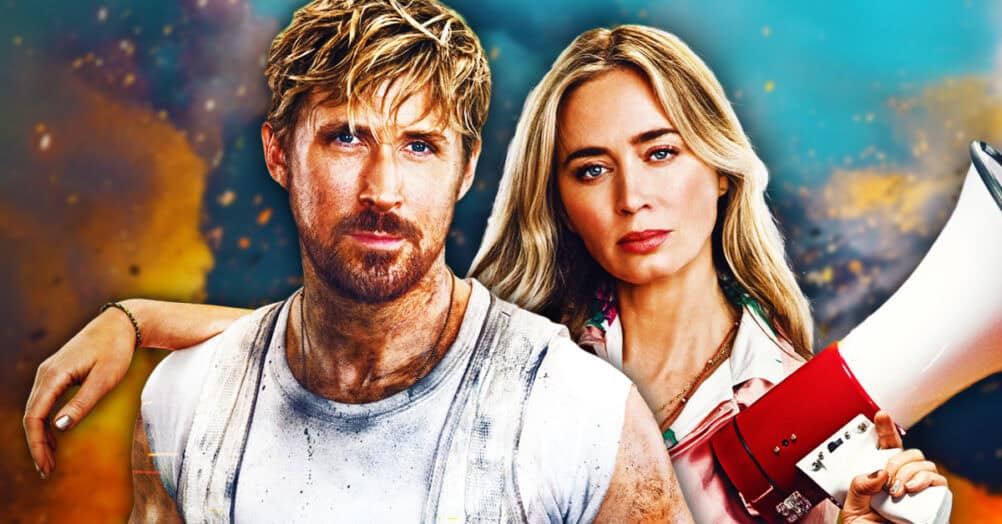

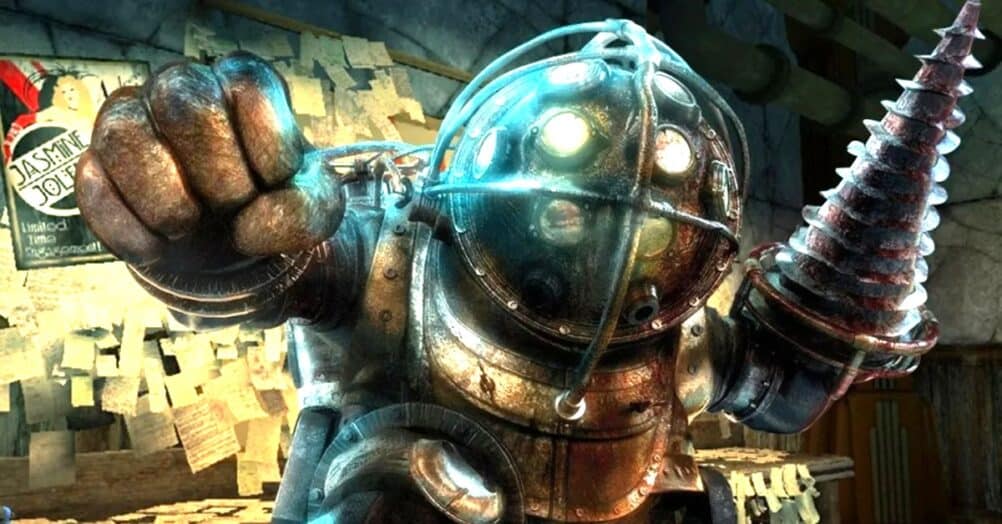
Follow the JOBLO MOVIE NETWORK
Follow us on YOUTUBE
Follow ARROW IN THE HEAD
Follow AITH on YOUTUBE